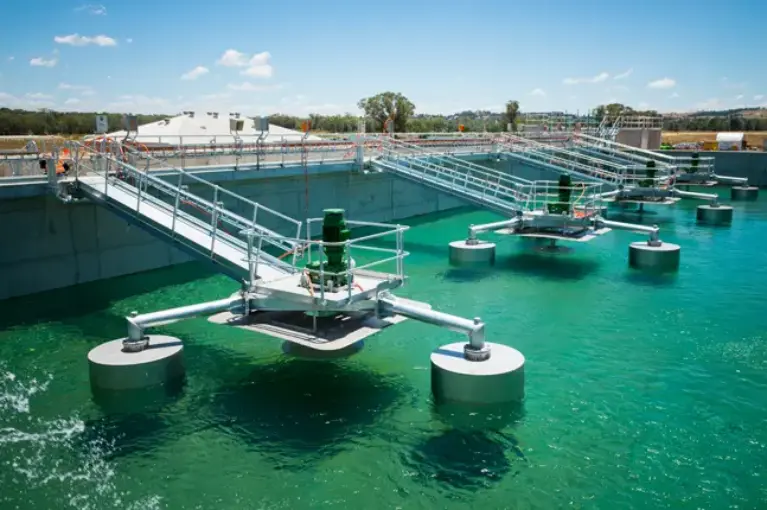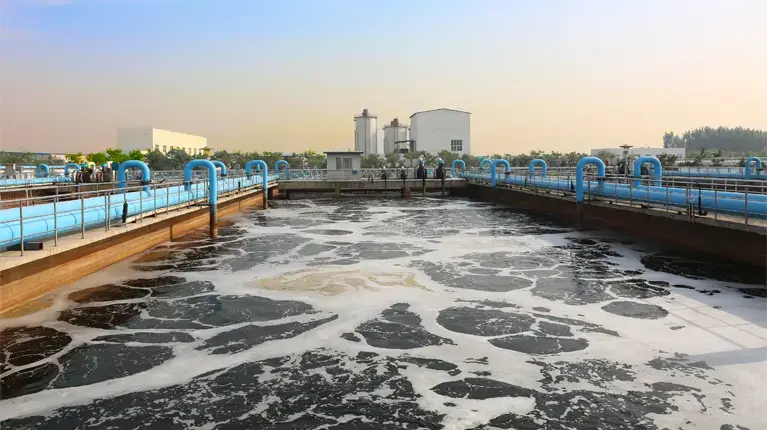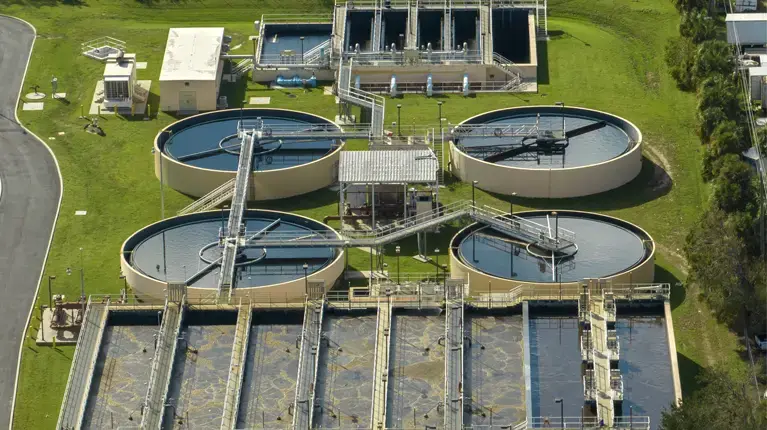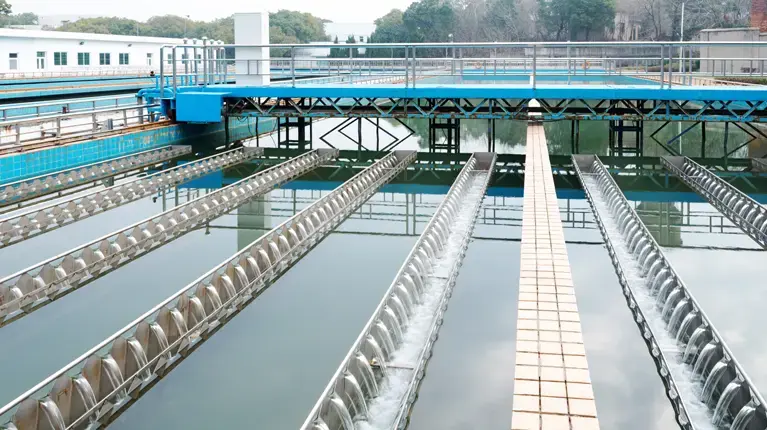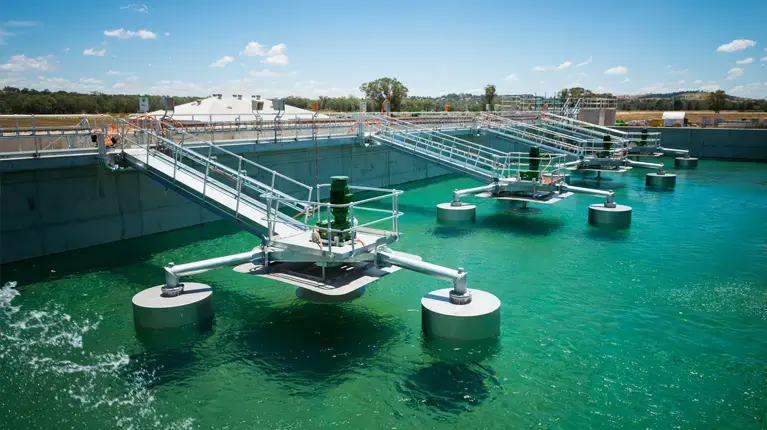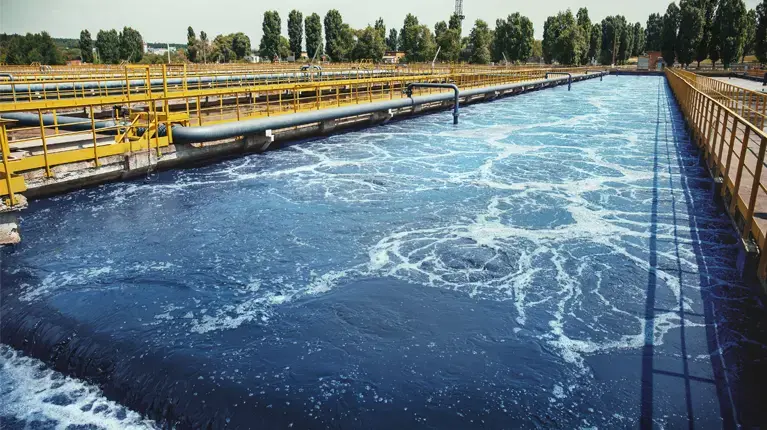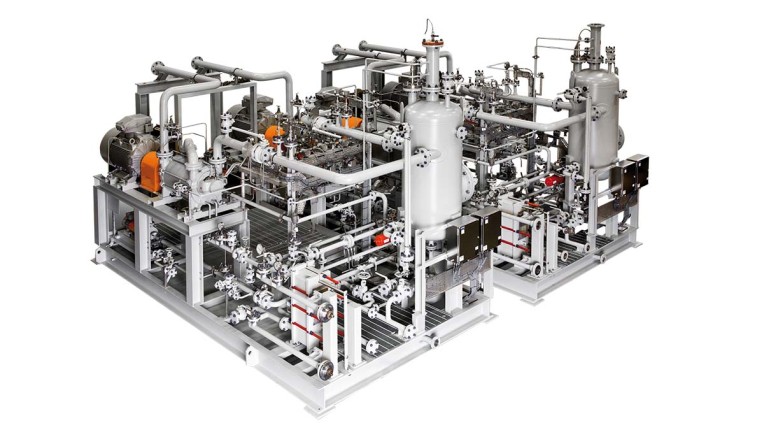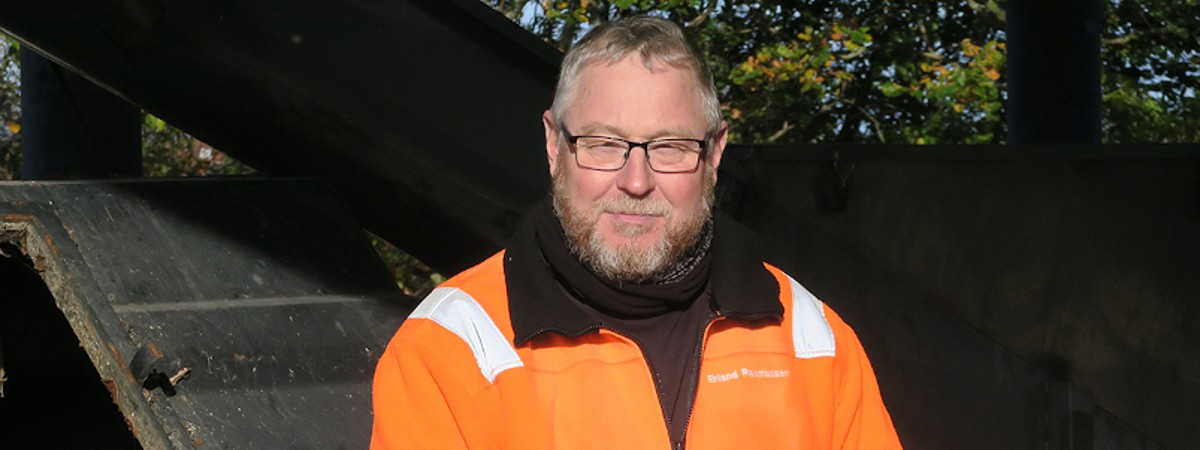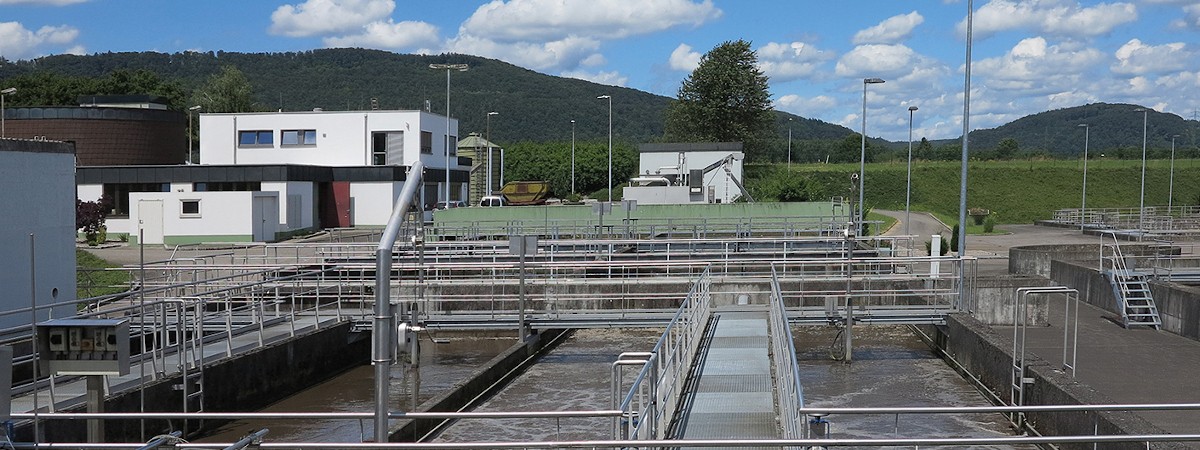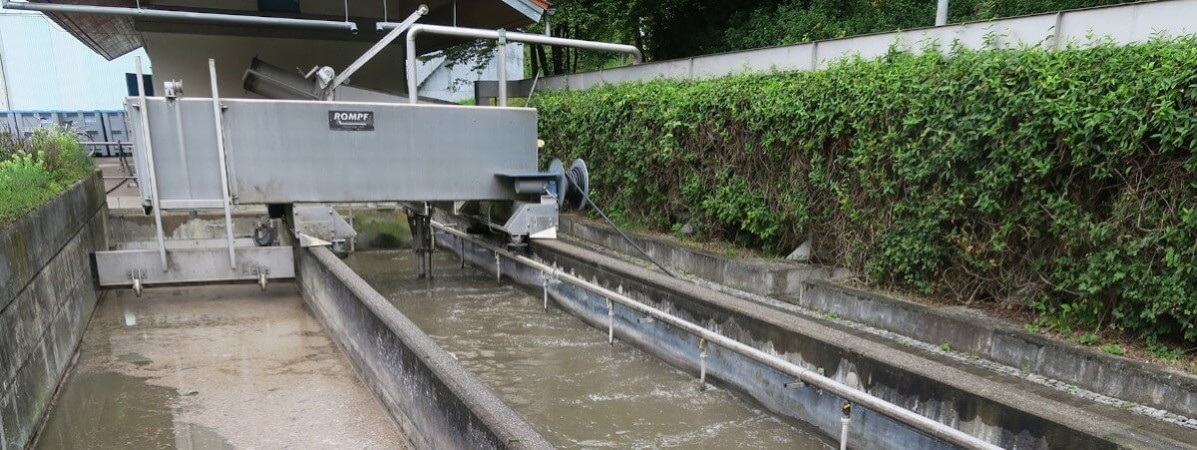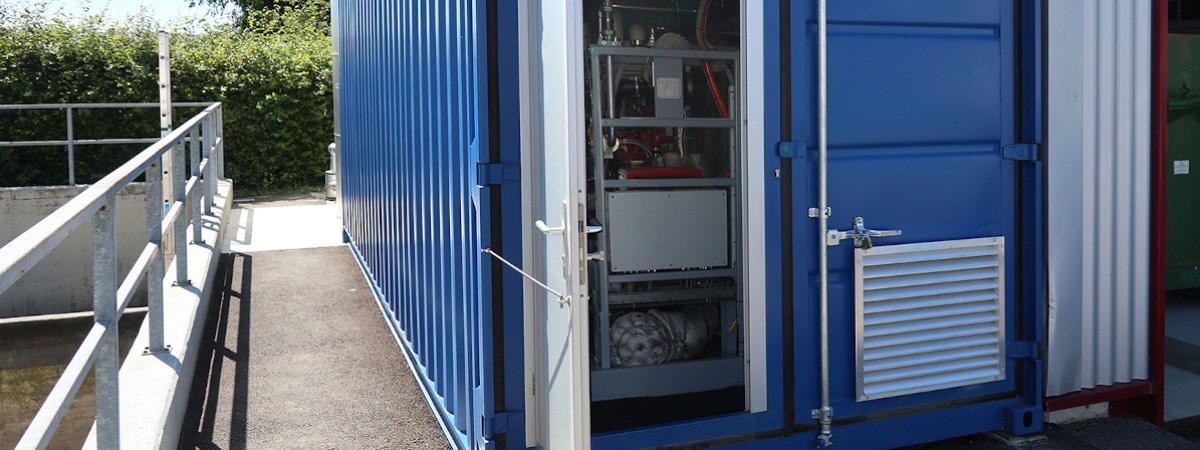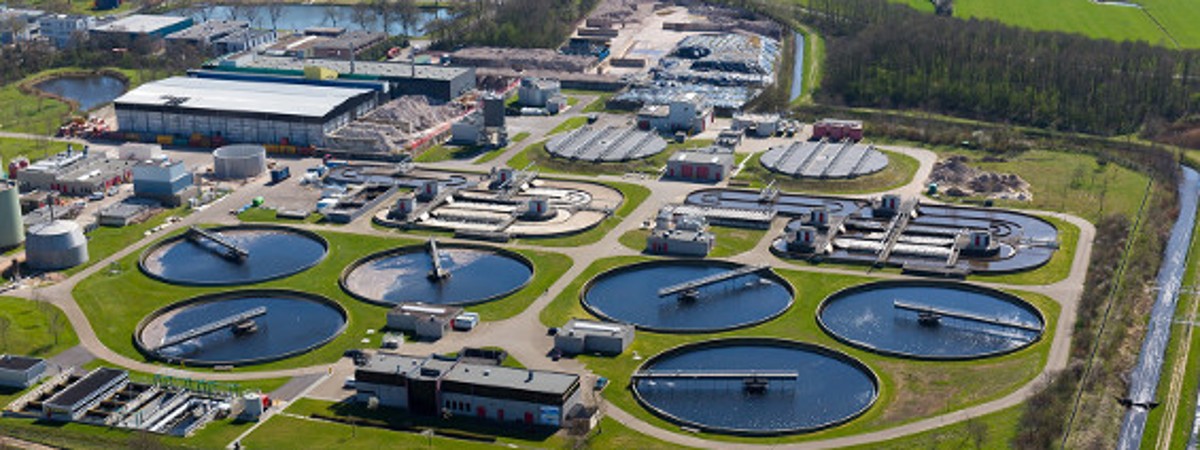Wastewater treatment process
Wastewater treatment facilities are essential infrastructure in every municipality. The wastewater they process comes from buildings, whether house, office, shop or factory, as well as from road and highway drainage systems. It makes its way into drains, passes through the sewer system, and arrives at the treatment plant.Overpressure is a vital part of the wastewater treatment process. In fact, around half of the overall energy consumption of a wastewater treatment plant is used just for aeration. From providing oxygen to essential bacteria to keeping filters clean, blowers and compressors are present throughout the treatment process.
